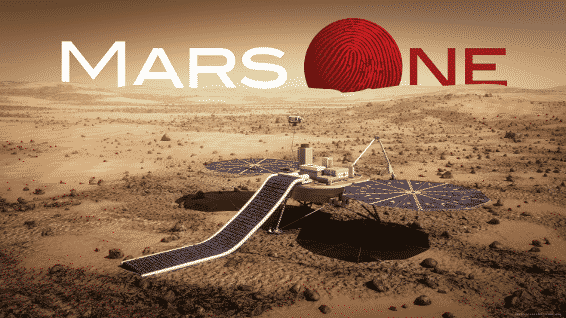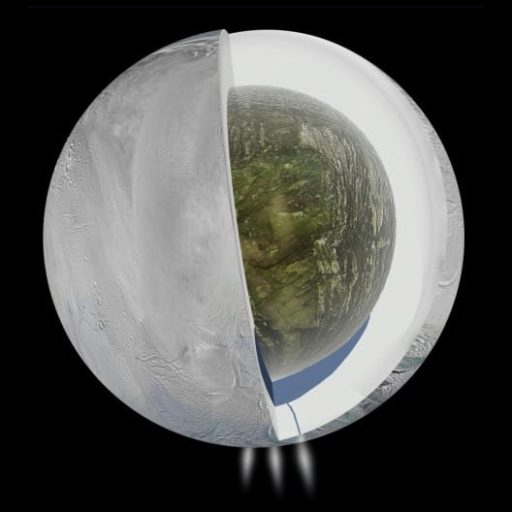Mars One is the very first one way human mission to Mars which is expected to see the light within few years. To be more specific, Netherlands-based startup Mars One wants to set the first human colony on Mars in 2023. But, MIT study has found fault with Mars One colony concept.
The focus of Mars One mission is that people would go to Mars to stay (they won’t be able to come back to Earth, hence it’s called one way mission) and they would slowly build up a colony. To materialize this vision, the Netherlands based company started selecting people and later it completed its second stage of selecting people. Besides, the company even launched a crowd funding campaign for that mission.
On the other hand, Mars One organizers believe that university students could help them by sharing some magnificent ideas or proposals for 2018 Unmanned Mars Lander mission. So they invited university students to send idea or proposal for the 2018 Unmanned Mars Lander mission. And the very interesting thing is instead of sending ideas or proposal for the 2018 Unmanned Mars Lander mission, MIT sent the mission organizers a report mentioning fault with Mars One colony concept.
According to MIT, the Mars One project is “overly optimistic” at best and unworkable at worst. In fact, the concept is “unsustainable” given the current state of technology and the aggressive schedule that the Mars One project has presented. People who will go to Mars to set up the colony will starve on the red planet. Among the conclusions in the report are:
Mars One’s claim that ‘no new major developments or inventions are needed’ does not withstand scrutiny and that assessment is only for the habitation, life support, in-situ resource utilization and space transportation technologies. The MIT team notes that they did not address other required systems such as entry, descent and landing (EDL), the power system architecture, or the surface-to-orbit communications strategy.
The Mars One estimate of the number of launches needed for the pre-deployment phase is ‘overly optimistic.’ The best scenario would require 15 Falcon Heavy launches to establish the first crew on Mars according to the MIT analysis.
If crops grown on Mars are the only food source, they will ‘produce unsafe oxygen levels in the habitat’ resulting in the first crew fatality after about 68 days due to ‘suffocation from too low an oxygen partial pressure within the environment,’ the consequence of a complex series of events stemming from overproduction of oxygen by the plants.
The MIT team postulated solutions to that problem that are not part of the Mars One plan (e.g. relying on stored food brought from Earth, creating a separate plant growing facility, or using yet-to-be invented oxygen removal technology). If a way were found to sustain a Mars One habitat for 130 months, the paper concludes that spare parts would require 62 percent of the mass brought from Earth over that period of time.
It is to be noted here that the MIT study is not the first to criticize the Mars One concept on feasibility grounds. While most find fault with the concept over technical and health grounds, many also suggests that the cost estimates for the project, about $6 billion, are far too low. The business plan for Mars One, which includes marketing tie-ins and a reality TV show, have been attacked as being unrealistic.
On the other hand, some have attacked the project on ethical grounds. German astronaut Ulrich Walter has suggested that the chances of any of the Mars colonists reaching the Red Planet alive at only 30 percent and of surviving more than three months after arrival at less than 20 percent. This means, critics believe that the Mars One project could be a complicated way of committing suicide.
Source: MIT
Thanks To: Space Policy Online, PopSci
[ttjad keyword=”solar-device”]

![[Concept] Human Colony On Mars](http://thetechjournal.com/wp-content/uploads/2013/12/Concept-Human-Colony-On-Mars.png)



